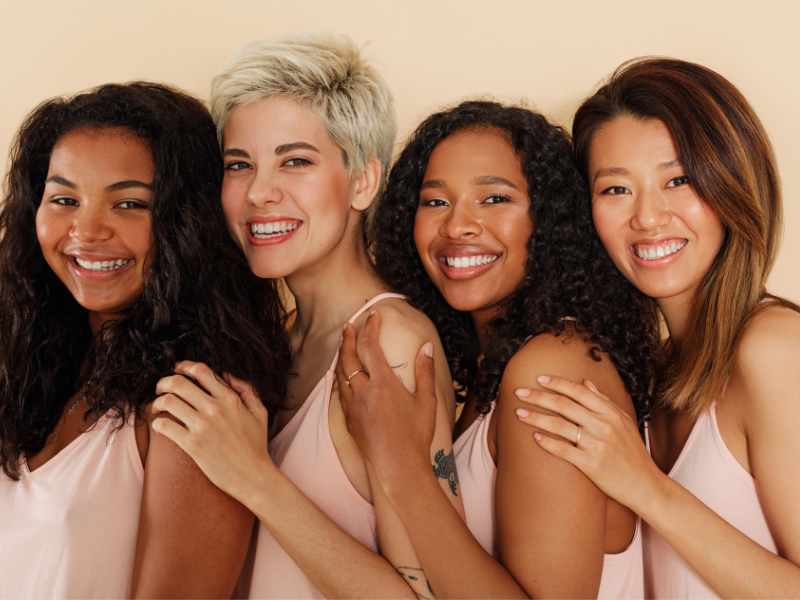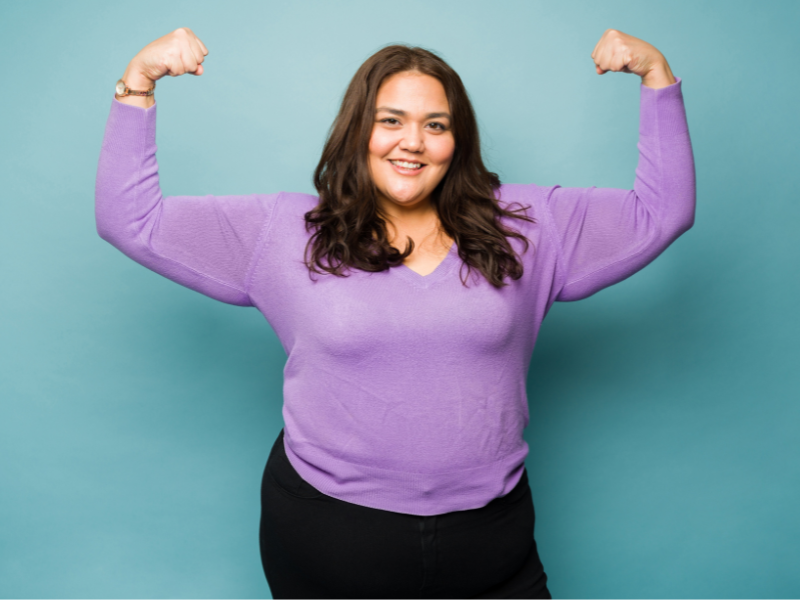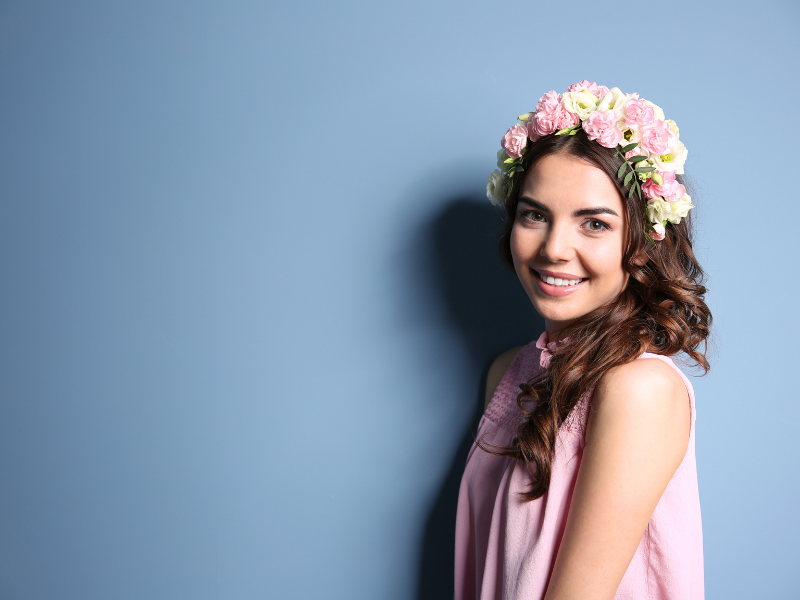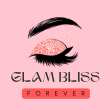Understanding the Cultural and Social Dimensions of Beauty
In every part of the world, people have different ideas about what makes beauty standards. These ideas, shaped by history, culture, social media, and society, are collectively called beauty standards. From skin tone and body shape to facial features and hair texture, beauty standards tell us what is considered “attractive” in a special time and place. But have you ever thought of where these standards come from, why they exist, and how they affect us?
In this blog, we will explore beauty standards, how they are different from cultures, the role of social media and marketing, and why challenging unrealistic beauty ideals is more important now than ever before.
What Exactly Are Beauty Standards?
Beauty standards refer to a set of rules and expectations that define what is considered attractive. These standards are not fixed; they change over time and are different across regions, communities, and even age groups.

In simple terms, beauty standards are:
• The ideals we are taught to aspire to.
• Often shaped by media, fashion, and celebrity culture.
For example, in some Western countries, a tanned person and a skinny body might be preferred, while in other regions like East Asia, fair skin and a chubby person may be preferred. These ideals are not right or wrong, but when they become narrow, they can have serious results on mental health, self-esteem, and body image.
A Simple Look at How Beauty Standards Have Changed Over Time
Beauty has never looked the same in history. What people thought was beautiful 100 years ago has undergone significant changes over time. Everything is changed, and what was popular is now totally different. Let’s take a quick look at how beauty has changed with time:
Ancient Egypt
Before, beauty was all about uniformity and cleanliness. People used to love using kohl, kajal, and perfumes called itar. Clean features and well-cared-for looks were a sign of elegance.
The Renaissance (Europe)
In this era, having a fuller body, pale skin, and soft features was considered a sign of beauty. It showed that someone was wealthy and well-served, which was a big deal at that time.
The Victorian Age
Small waist was everything. Women wore tight corsets to look slim, even when it was very uncomfortable. The focus was only on looking delicate and slim.
1990s (Western Culture)
The ’90s brought the rise of the “heroin chic” look— very skinny models with dull skin and no makeup. It was a time when sharp features with a slim body were celebrated.
Modern Day
Today’s beauty standard is a mix of everything. On one side, beauty positivity and body acceptance are everything, but on the other hand, social media perfection is also a pressure. It is a confusing mix of be yourself and look perfect.
“Society and culture always influence beauty, regardless of the era. It is not only by the looks; people see themselves and each other at that time.
How Culture Shapes Beauty Standards
Different cultures have different thoughts on what is beautiful. Tradition, climate, and social beliefs significantly influence these ideas.
In India:
Fair skin is always associated with high status, despite the country’s rich diversity of skin tones. Bollywood movies, matrimonial ads, and fairness creams have played an important role in promoting lighter skin as more desirable. However, now there is more awareness of colourism and body shaming.
In South Korea:
The beauty industry blooms on ideals like V-shaped jawlines, double eyelids, and clear skin. Cosmetic surgery is normal, and skincare routine is treated as essential daily routines.
In Africa:
Many communities celebrate healthy bodies and natural hair as symbols of health, wealth, and fertility. However, Western beauty has always influenced young people, leading to conflicts.
The Media’s Role in Shaping Beauty Standards
Magazines, advertisements, and now social media platforms like YouTube, Instagram, and Facebook are powerful tools that help build beauty standards.
• Filters and beauty apps create unrealistic expectations, especially among young people.
• Before-and-after beauty content promotes the idea that one needs improvement.
This exposure leads to a comparison culture among people, which can affect self-esteem and can lead to unhealthy behavior like eating disorders and obsession with appearance.
The Psychological Impact of Unrealistic Beauty Standards
Research shows that exposure to beauty ideals, through social media, can negatively impact mental health. People may feel unattractive or less worthy when they don’t match the “ideal” image.
Some effects may be:
Low self-esteem and body dissatisfaction.
Increased risk of anxiety and depression.
Eating disorders like anorexia or bulimia.
Pressure to undergo cosmetic surgery or skin-lightening treatments.
The Rise of Body Positivity and Universal Beauty
Luckily, today, ideas of beauty are changing. Nowadays, body positivity means accepting everyone in their own way, no matter what their size, skin, gender, or abilities.

Brands Are Changing
Many beauty fashion brands now feature:
• Models of different backgrounds.
• Plus-size and older models.
•People with disabilities or with skin conditions like acne or vitiligo
This not only breaks the stereotype but also helps people to feel seen, accepted, and valued.
How You Can Help Change Beauty Standards
We can all make a difference when it comes to how beauty is seen. Here are some easy ways to do that:
- Follow the right people: Follow people who give you the right path and have good videos on social media.
- Speak up: If you see people promoting bad ideas, don’t be afraid to speak about it.
- Share and learn: Talk to people about beauty, self-confidence, etc.
- Choose better brands: support those brands that promote all types of beauty and not just on the basis of any color or caste.

Final Thoughts: Beauty Is Personal, Not Prescribed
Beauty standards are not laws—they’re suggestions made with time, culture, and influence. The idea must be attractive. True beauty lies in authenticity, individuality, and confidence.
We must remind ourselves and teach our young youth:
- Everyone is unique and valuable.
- Flaws are human, not problems.
- Representation matters, but it should be real.
As beauty standards are changing, we should just keep in mind that it should not affect us; it is a performance. Beauty lies in everyone; it’s just about how we see it.
